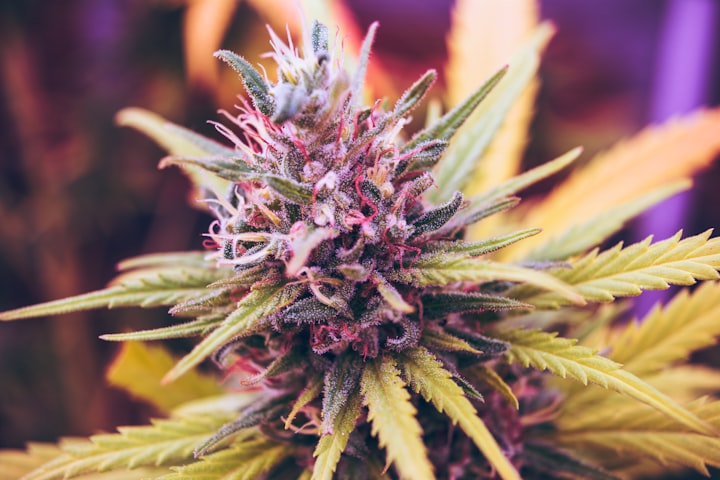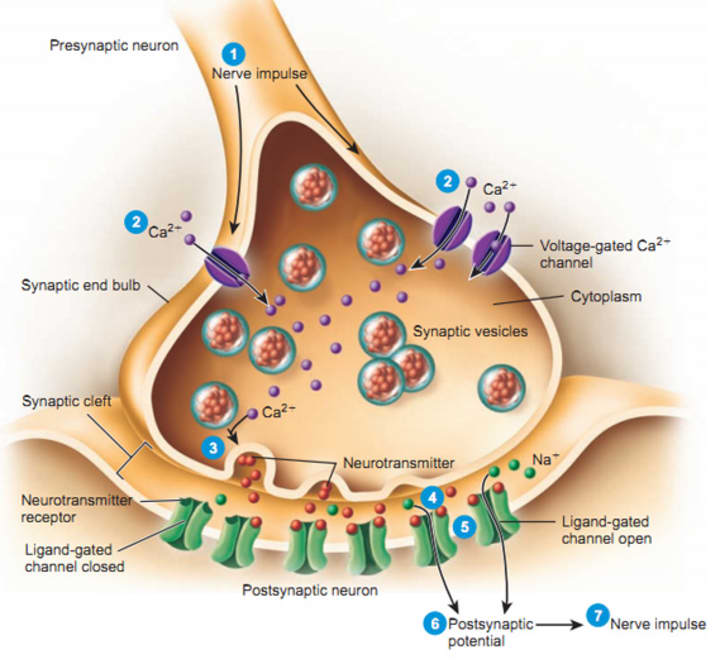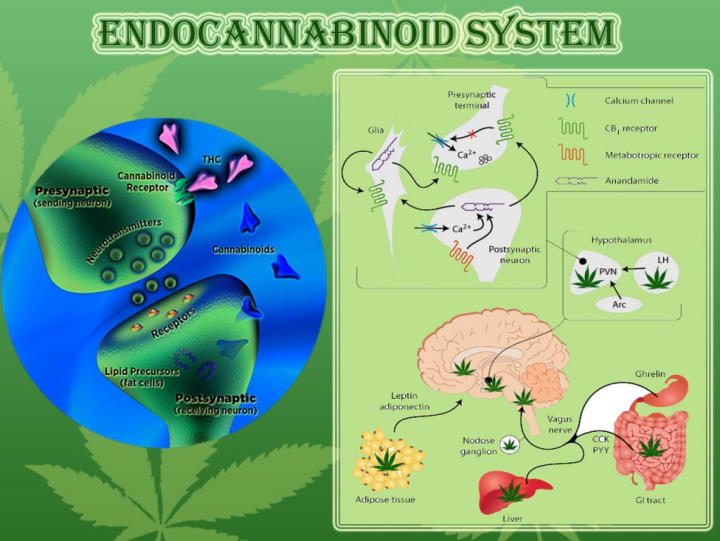
Synaptic transmission is the process in which signaling chemicals or molecules known as neurotransmitters are passed along from neuron to neuron (nerve cells) in our brain. In the neuron, the neurotransmitters are stored in the synaptic vesicles and the part of the neuron that holds these vesicles is the axon terminal. Neurotransmitters come with their own specific receptors that the neurotransmitters bind to and become activated by (Iverson, 2000, p. 52).
After the neurotransmitter is created in the (presynaptic) neuron, electrical impulses known as action potentials are transmitted down the axon. The axon is the long, thin part that extends from the neuron, and is meant to pass along information by connecting to other neurons. This action potential running down the axon causes an entryway in the cell membrane called calcium ion channels to open, resulting in calcium ions to enter the neuron. When the calcium enters the cell, the neurotransmitter that was stored is now released into a space called a synaptic cleft. This is the area between the presynaptic neuron (where neurotransmitter is stored) and the postsynaptic neuron (where the neurotransmitter is activated).

Neurotransmitters are released into the synapse through a process called exocytosis. After the neurotransmitter is released into the synapse (open space between neurons), the neurotransmitter is oftentimes broken down by a protein called an enzyme. The neurotransmitter then binds to its specific receptor on the dendrite of the postsynaptic neuron, which is the short extension of the neuron that receives the electrical impulses and information from other neurons. When the receptor of the neurotransmitter is activated after binding, protein channels open and ions pass through them once again. This time, the difference in positive and negative charge in the cell membrane will make it more or less likely to fire and send its message to the next cell. The neurotransmitter is then released back into the synaptic cleft, where it is either destroyed by an enzyme in the synapse or sent back into the presynaptic neuron for later use.
How Do Cannabinoids Affect Synaptic Transmission?
Tetrahydrocannabinol, or THC, is the main active component of marijuana (Iverson, 2000, p. 37). The most popular way of using marijuana is by smoking it, and this is also the quickest way to feel the effects of the THC. After the user inhales, the drug is absorbed into the lungs after its dissolved into fats. After the THC enters the lungs it goes to the heart, and the heart pumps the THC throughout the rest of the body. The drug then enters the brain by crossing what is known as the blood brain barrier, or BBB, and causes that immediate euphoric feeling that marijuana smokers call a “high”. The high occurs when the drug has reached the cannabis receptors in the brain and the body (Iverson, 2000, p. 45).
The two cannabis receptors in the brain are the CB-1 and CB-2 receptors. The CB-1 receptor is found in the brain, and the CB-2 receptor is found in peripheral tissues of the immune system in our bodies (Iverson, 2000, p. 57). Anandamide and 2-AG are organic endocannabinoids that are synthesized in all mammals. Anandamide and 2-AG are identical to the active chemical THC in marijuana (Iverson, 2000, p. 59). Upon studying anandamides, it was discovered that their release from the presynaptic neuron is triggered by the activation of dopamine receptors. When the anandamides were released, they decreased the stimulating activity of a dopamine like chemical that is responsible for making us feel pleasure and happiness (Iverson, 2000, p. 62). Dopamine is highly associated with the reward system, the part of the brain that motivates people to continue doing something that feels good, like a sport or eating. Some drugs block dopamine from getting to its receptors, so it builds in the synapse. Tolerance for dopamine increases, and eventually you will need more of the drug to achieve the desired high. This is how drug abuse develops.

Iverson states that when CB-1 receptors in the brain are turned on, they slow down the release of calcium ion channels that allow neurotransmitters to be passed from neuron to neuron. CB-1 receptors are found on the short protruding branches, or axon terminals, of neurons. This allows the receptors to control the exact amount of neurotransmitter that is being released into the synaptic cleft (Iverson, 2000, p. 64).
In addition to dopamine and other elevated mood inducing neurotransmitters, endocannabinoids can slow the release of the body’s natural inhibitor neurotransmitter called GABA. When the body’s natural inhibitory system is restricted, it is prevented from doing its job and neurotransmitters that excite the brain might increase, since they’re not being balanced (Iverson, 2000, 64). For instance, as a result of there being less GABA in the presence of THC, more dopamine and endorphins accumulates in the area of the brain associated with the reward system (Iverson, 2000, p. 65). This means that every time marijuana is smoked, the neurotransmitters that make us feel good are affecting the brain, making the user want to use more.
Marijuana should be legalized nationwide because it is proven to be an effective aid against pain and certain medical conditions, and it is used regularly in other parts during social gatherings. In an experiment designed to test the efficacy of THC, lab animals that were given THC to treat pain were then given drugs that block the effects of the cannabinoids, called CB-1 receptor antagonists. The pain levels increased, showing that endocannabinoids are important in pain management. In addition, other studies have shown that cannabinoids and opiates can be effectively used together to fight against acute and chronic pain (Iverson, 2000, p. 70). Also, it was noted that when a CB-1 antagonist was given to a test subject just by itself, the animal actually became more susceptible to feeling pain (Iverson, 2000, p. 72). CB-1 receptors are abundant in the basal ganglia of our brain, the area that controls movement. When THC reaches the receptors in the basal ganglia, movement in the body is slowed down and this could be beneficial to individuals with Parkinson’s Disease (Iverson, 2000, p. 73). Lastly, it's enjoyable, and life is too short.
Reference
Iversen, L. L. (2000). The Science of Marijuana. Retrieved June 21, 2018, from https://ebookcentral-proquest-com.ac.ezproxy.switchinc.org/lib/alverno-ebooks/reader.action?docID=430969&ppg=20
About the Creator
Naomi
28 I PsyD Student I Driven Cat Mom






Comments
There are no comments for this story
Be the first to respond and start the conversation.